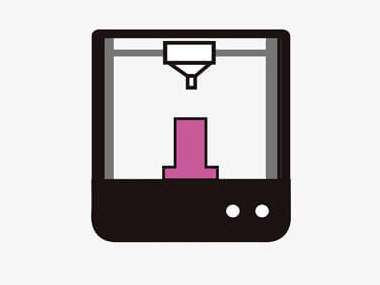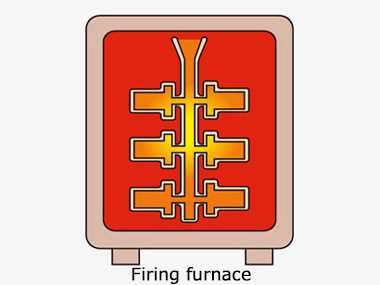

CASTEM (SIAM) CO., LTD. / CASTEM (THAILAND) CO., LTD.
Lost Wax Precision Casting - MIM (Metal Injection Molding)

Digital Casting
Digital Casting
What is Digital Casting?
Digital casting method uses resin 3D printed models instead of wax models in the lost wax process.
Since wax model is not utilized in this method, there's no need for a mold. As a result, small quantities can be produced from just one piece.
Features of our Digital Casting |
| Quantity | Small lots (one to five pieces) |
| Shape | Approx. Max Size 400 cubic mm, Complex shapes that are difficult to create with molds can be produced |
| Material | Various types of steel, stainless steel, and aluminum |
| Casting surface | Dependent on the accuracy of the 3D printed model, stacking is visible. |
| Accuracy | Low precision because it depends on the precision of the 3D printed model. If accuracy is required, additional machining may be necessary to achieve the required dimensions. |
Digital Casting Manufacturing Process |
|
Materials |
|
|
Digital Casting Product Examples |
|
PT14K LOX injector inlet
|
CH4GG manifold
|
|
PT14K gimbal mount prototype
|
PT60k LOX injector inlet
|
Notes on Digital Casting / Silicone Rubber Casting |
 |
1. Dimensions The dimensional precision required for industrial products may not be achieved since it depends on the accuracy of the 3D printed model. As a countermeasure, additional machining may be necessary to achieve the required dimensions. |
 |
2. Casting Surface Surface roughness also depends on the accuracy of the 3D printed model, so it is not equivalent to lost wax products. |
 |
3. Materials Not all 3D printed models are suitable for use in digital casting. Some materials may not work well due to issues like residue or expansion during combustion. |









